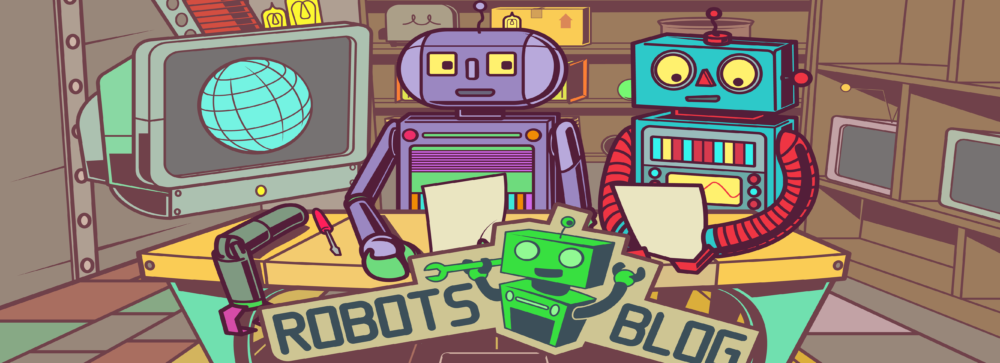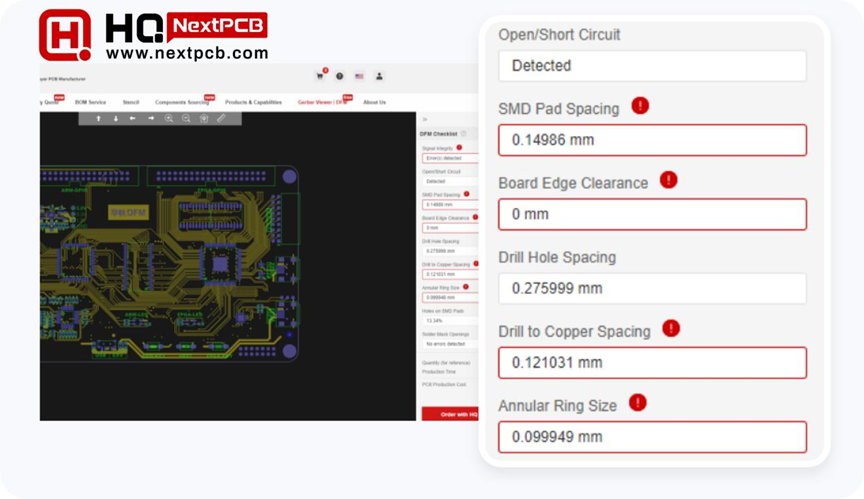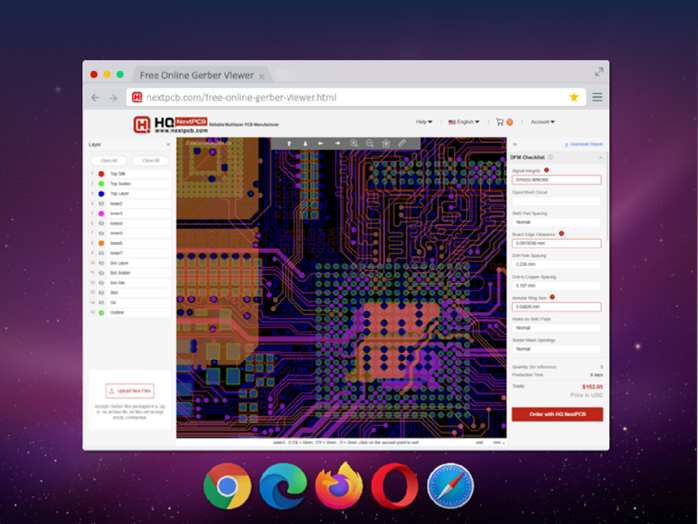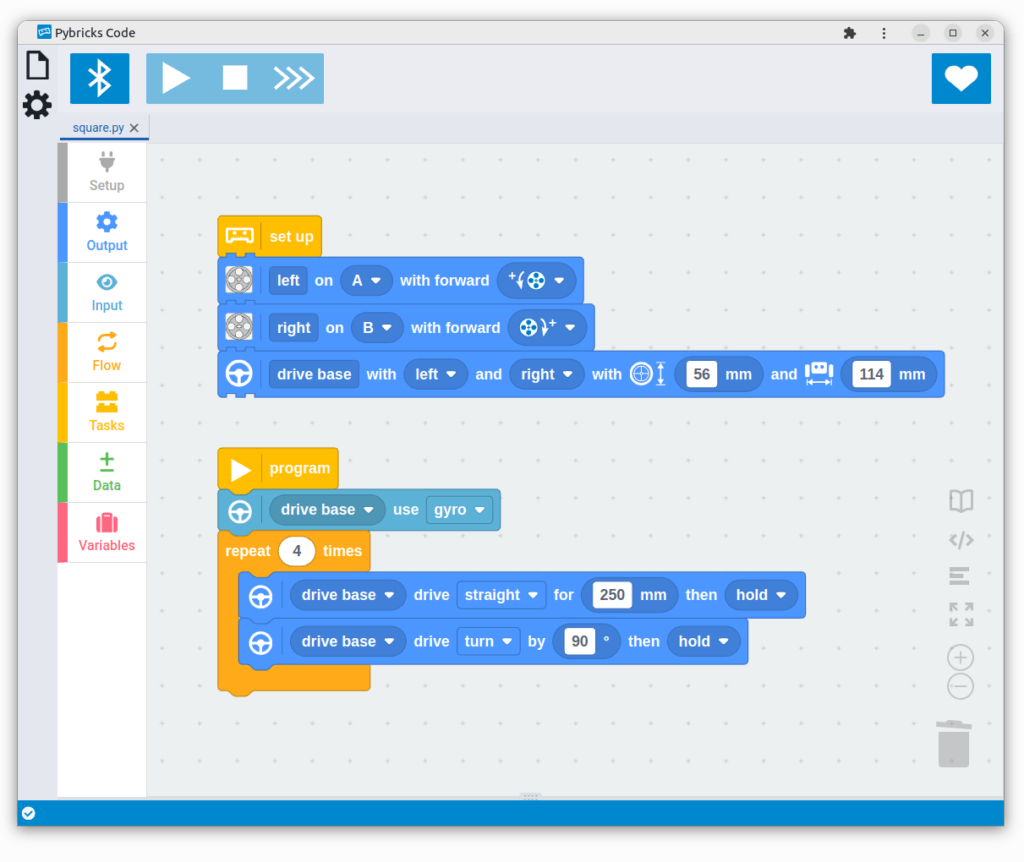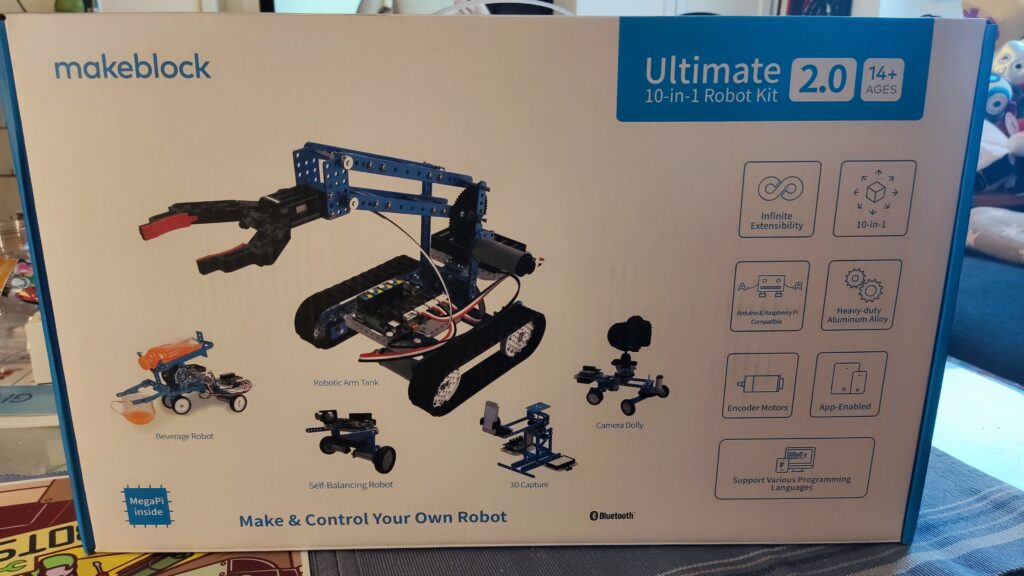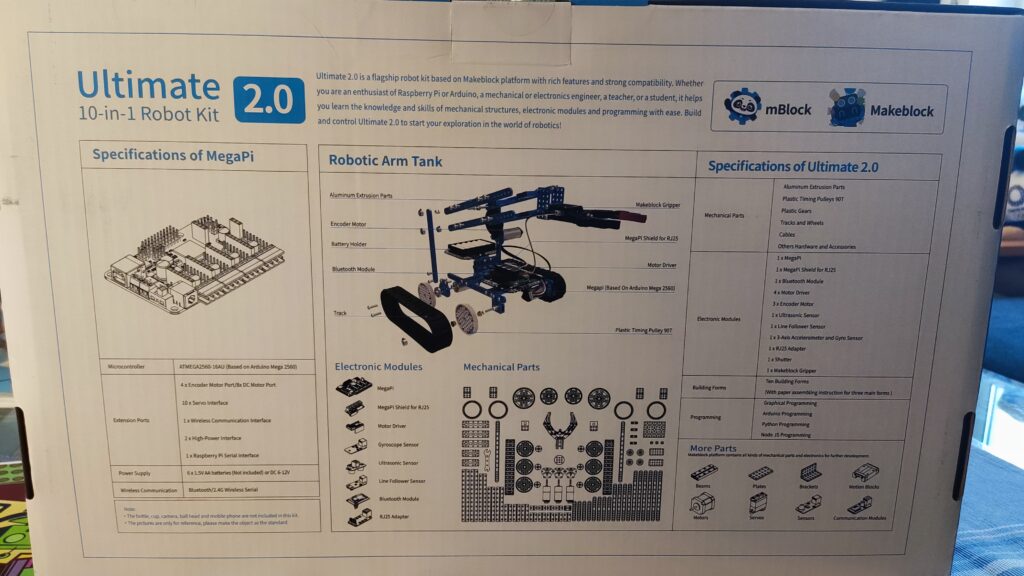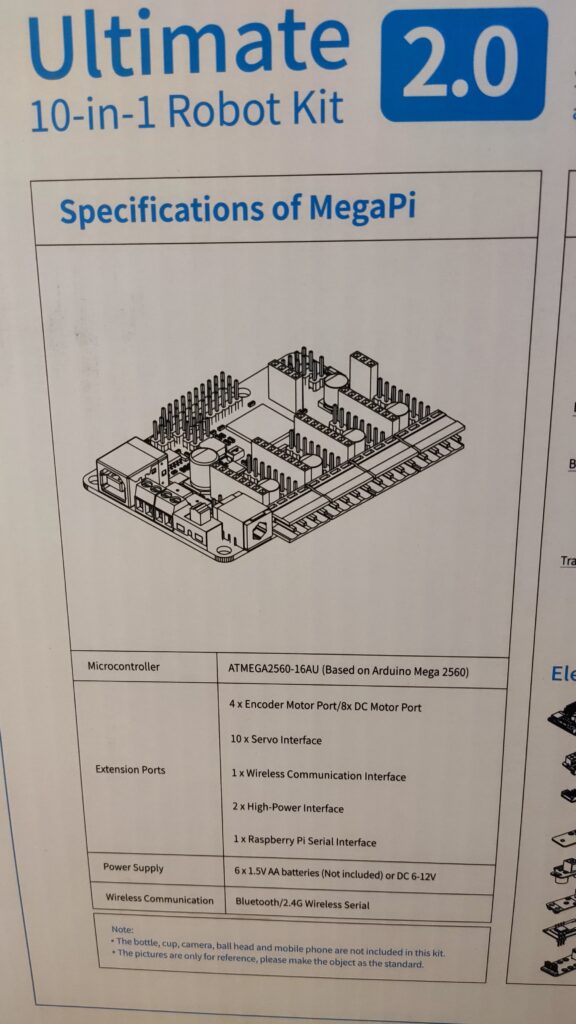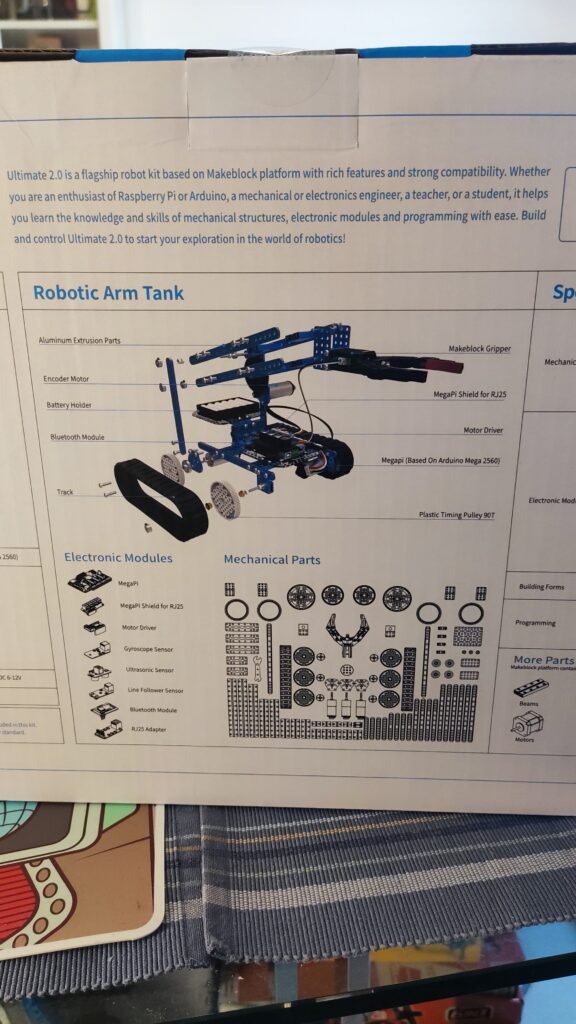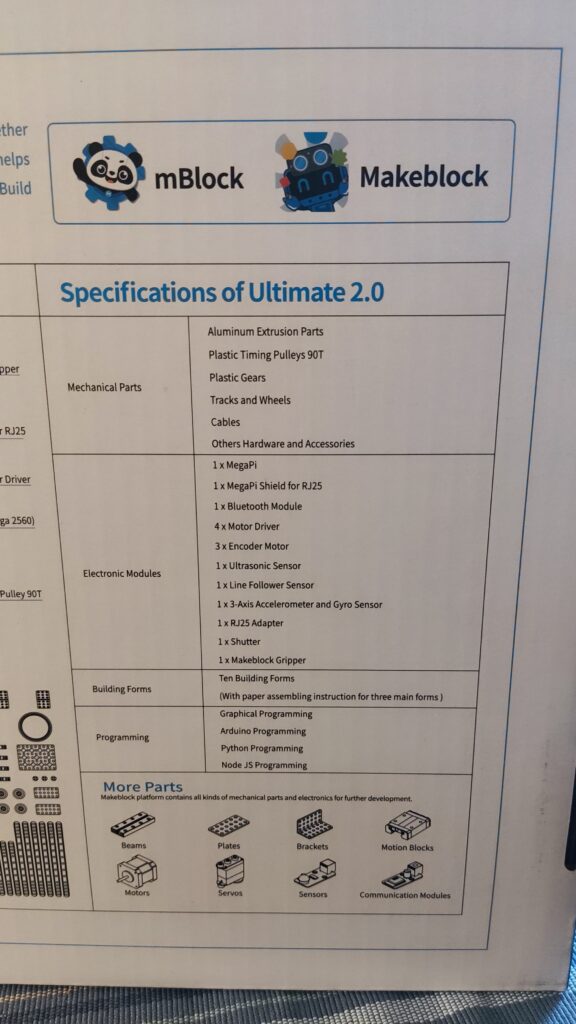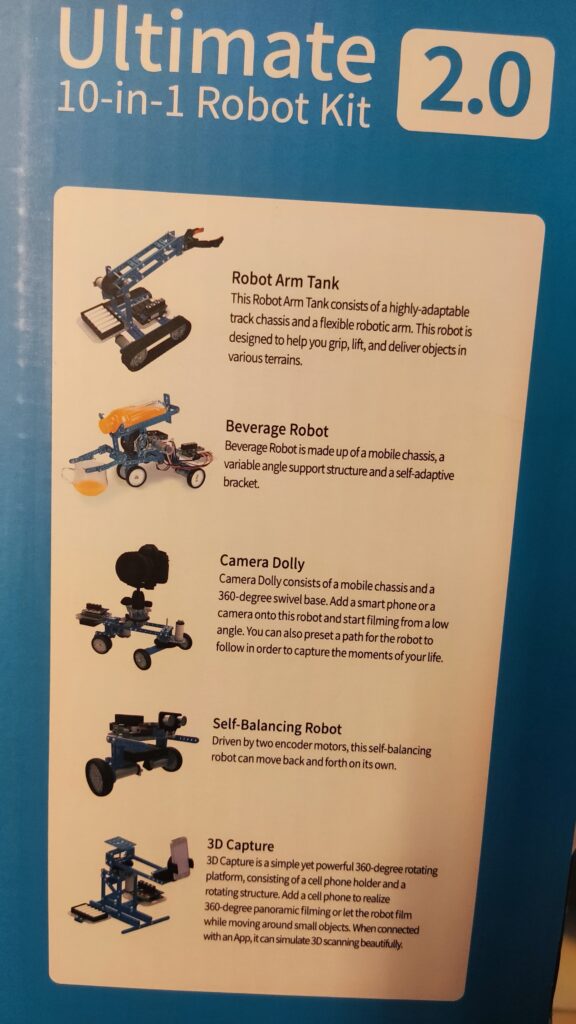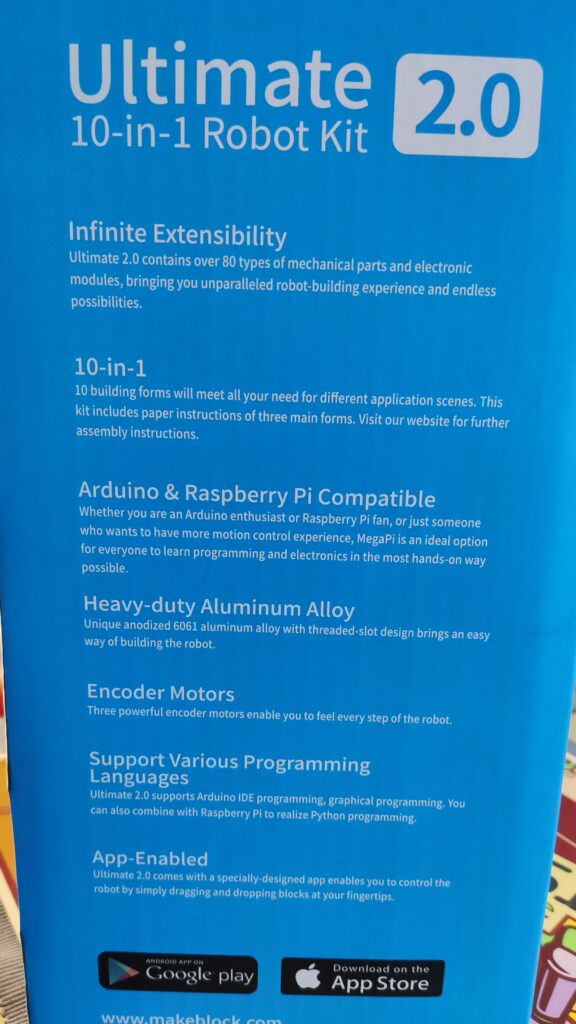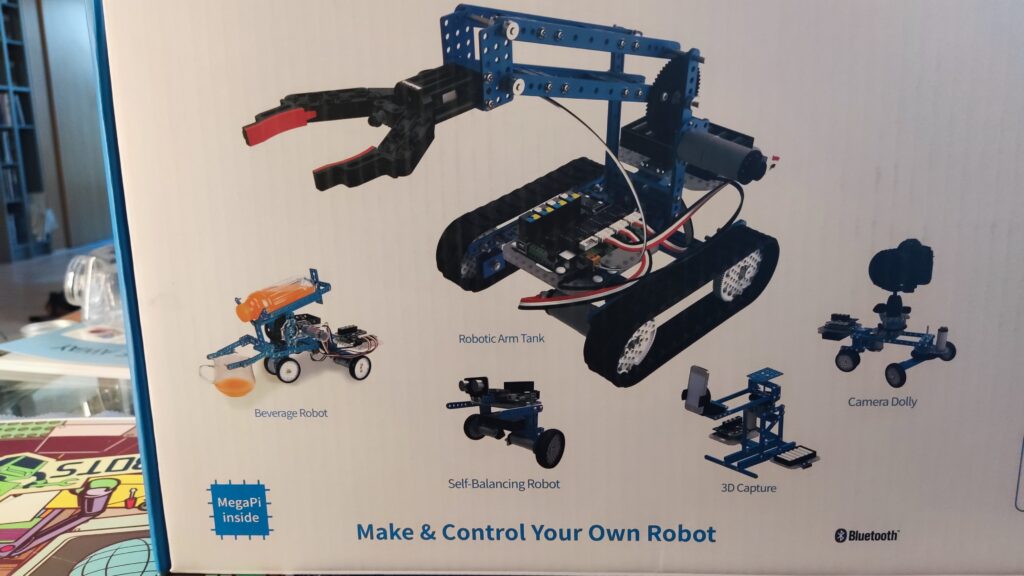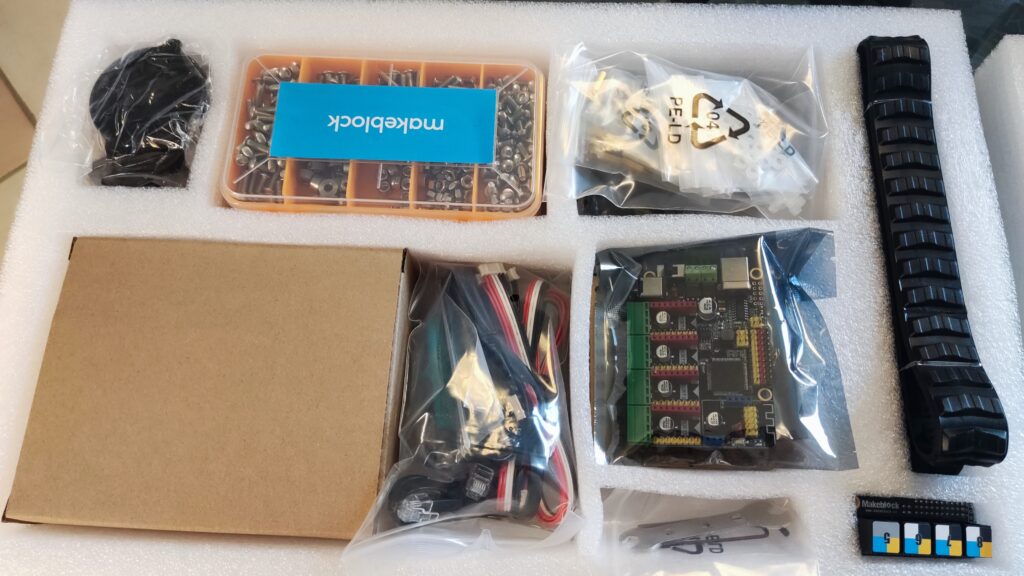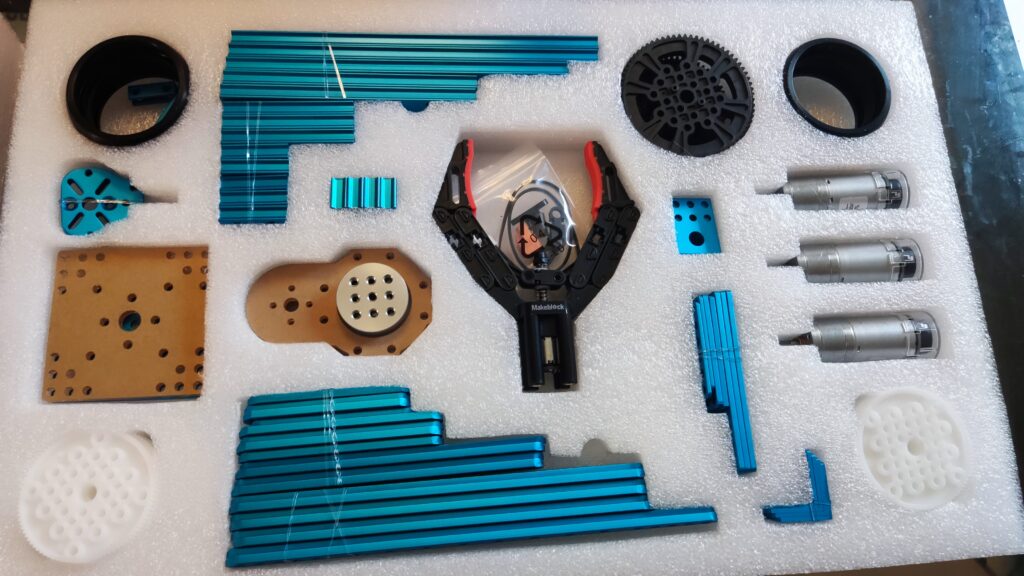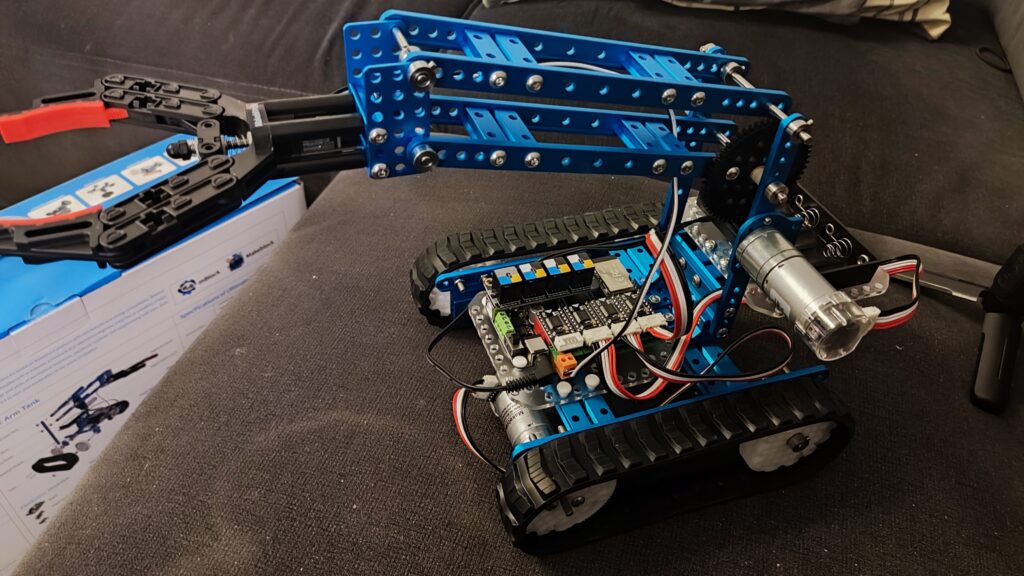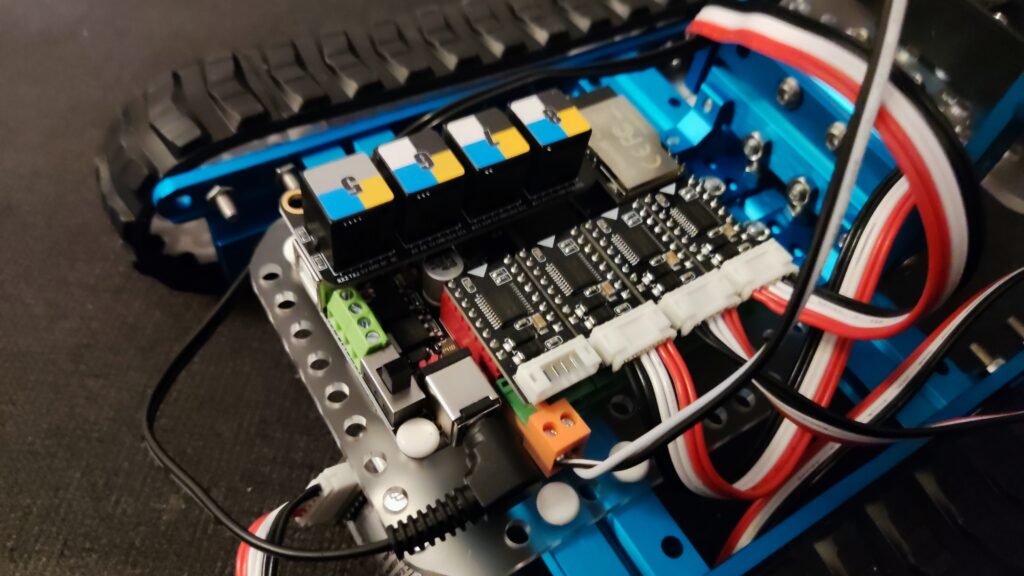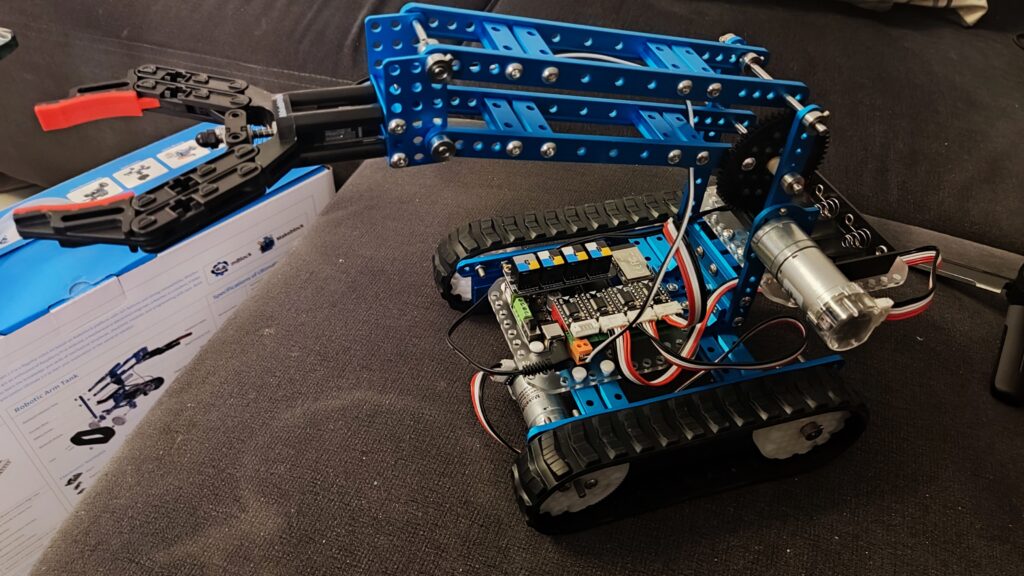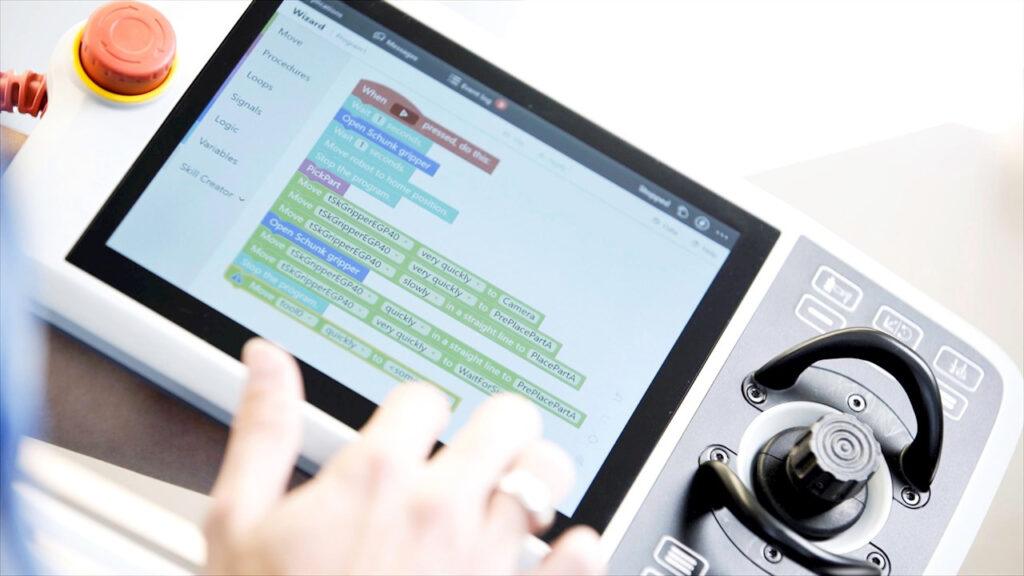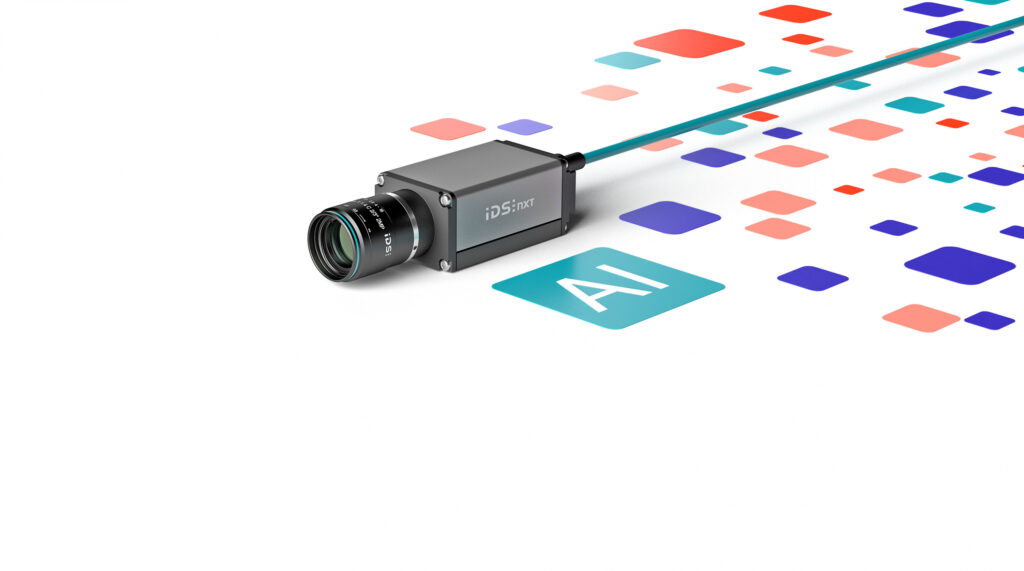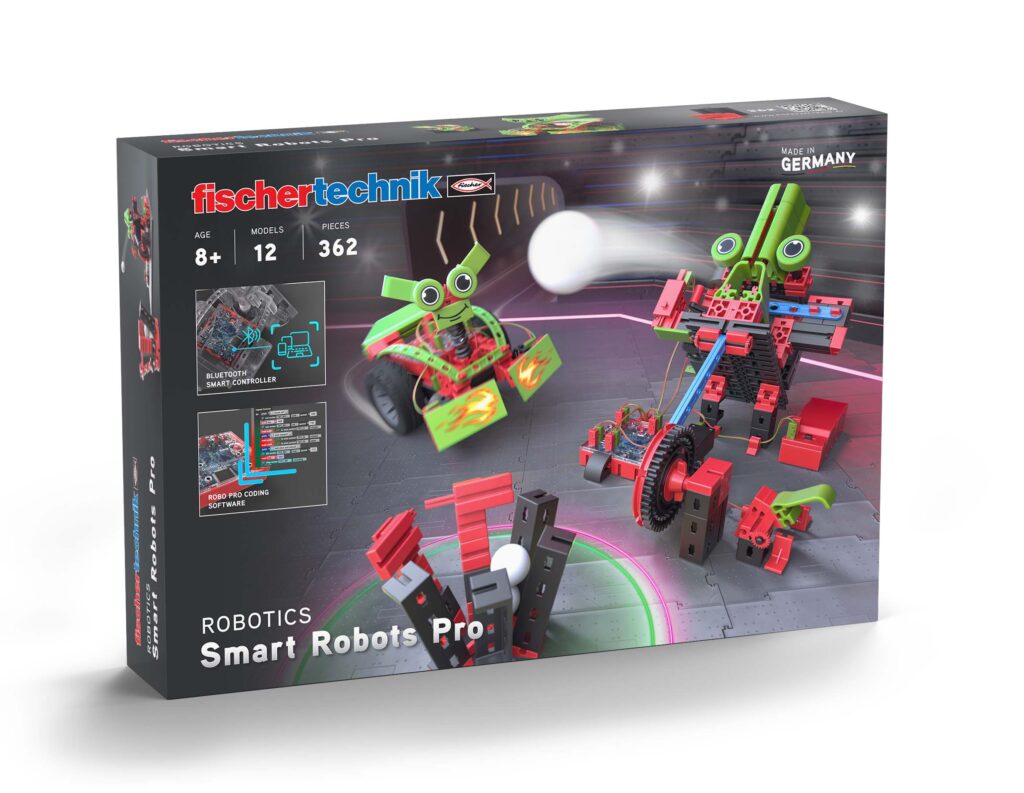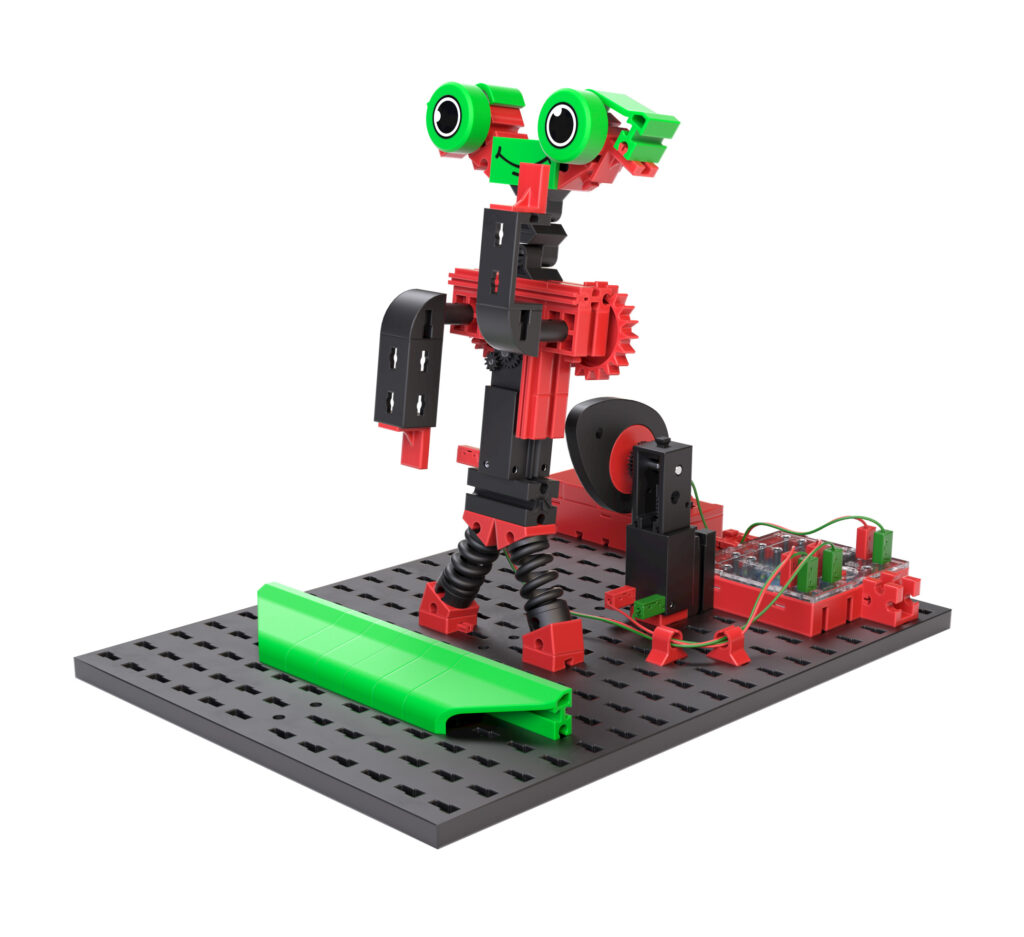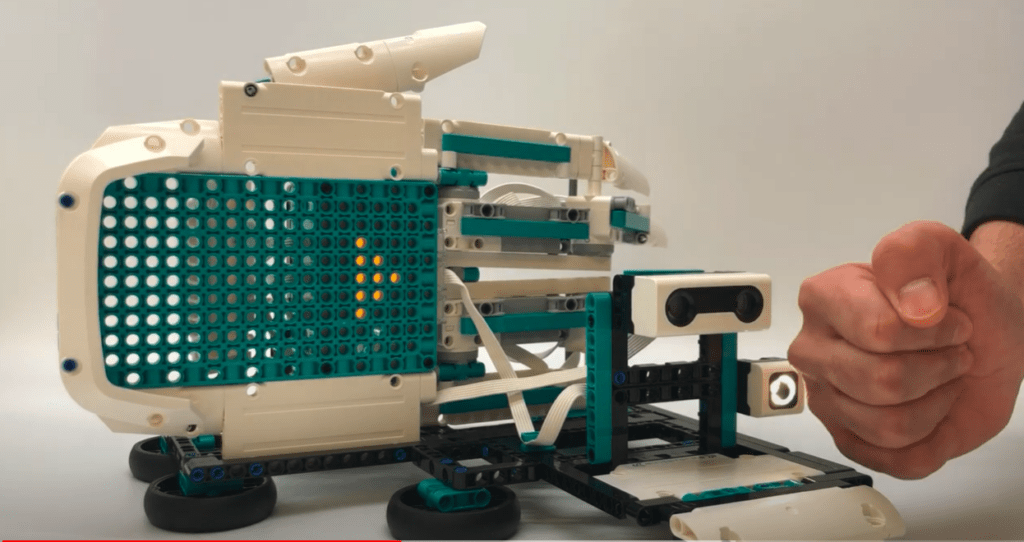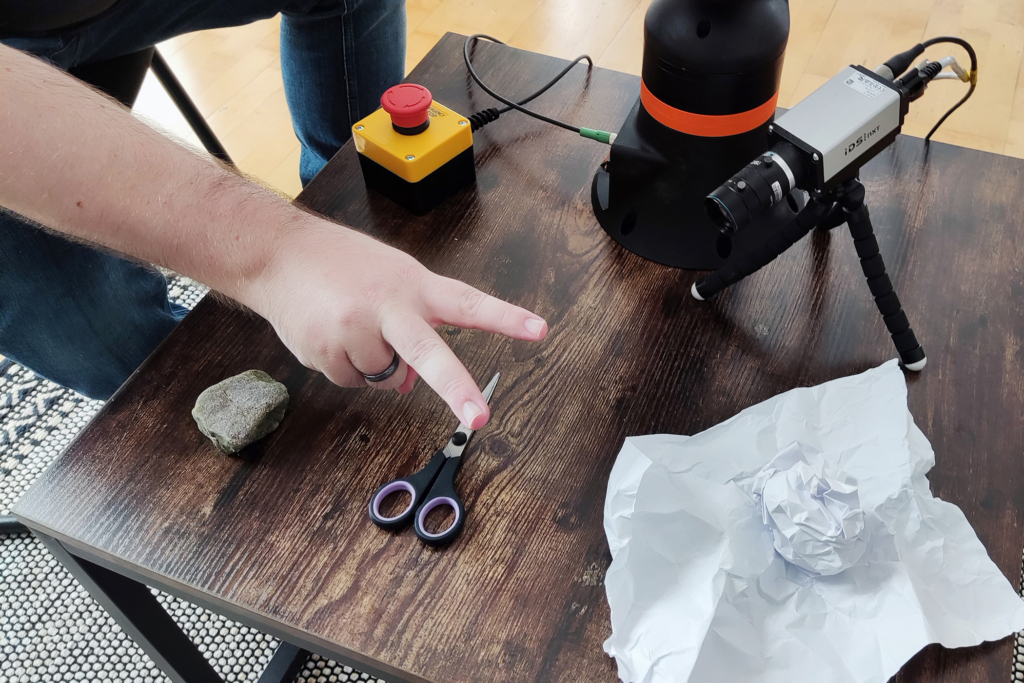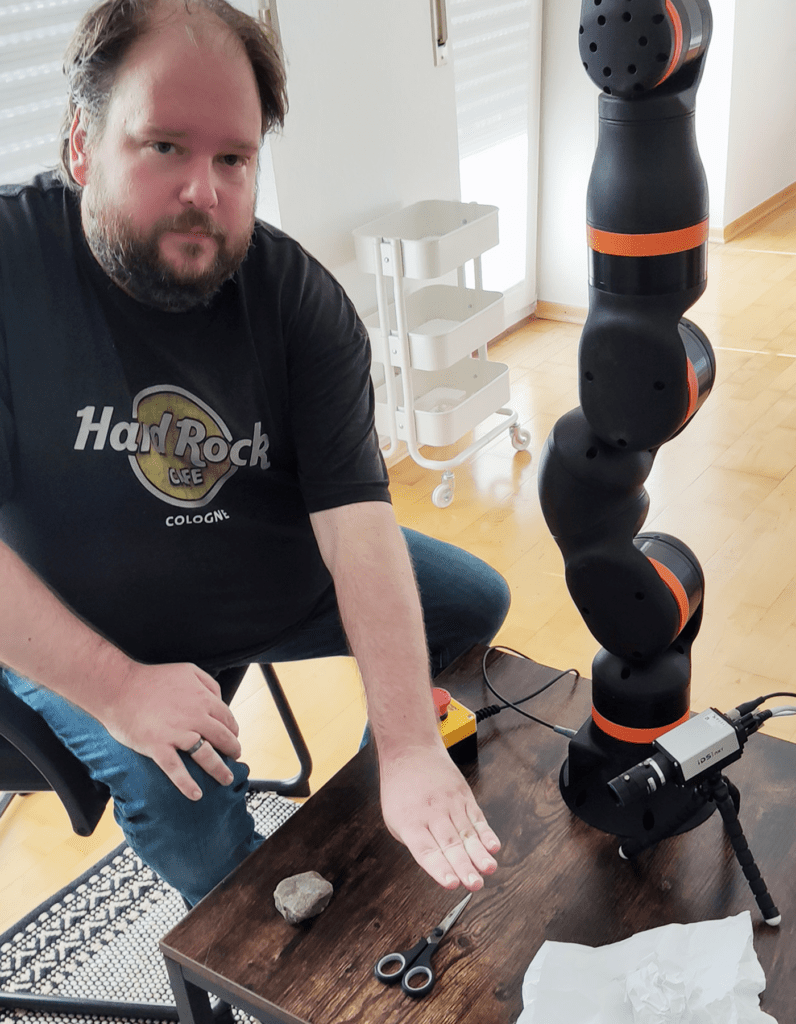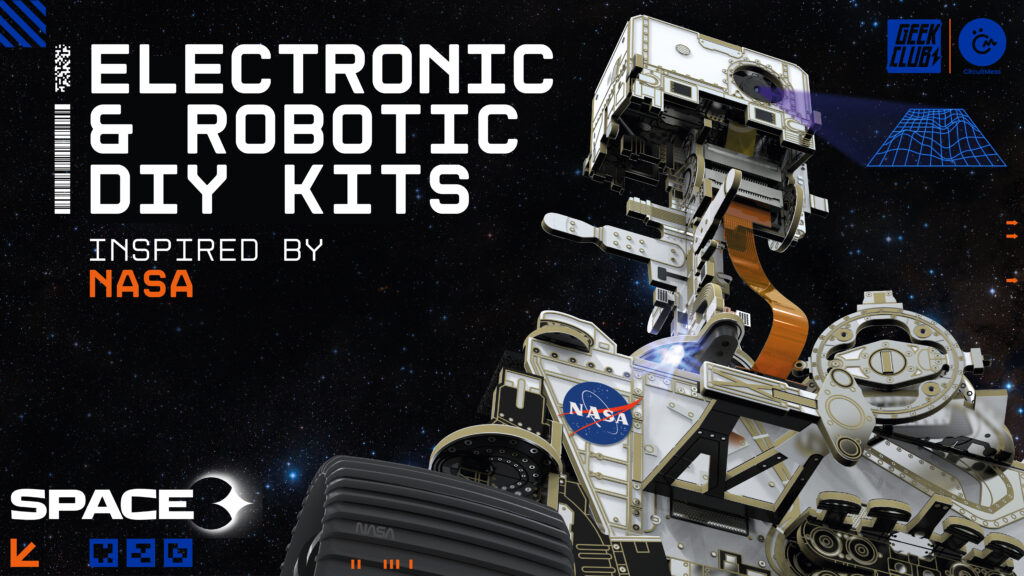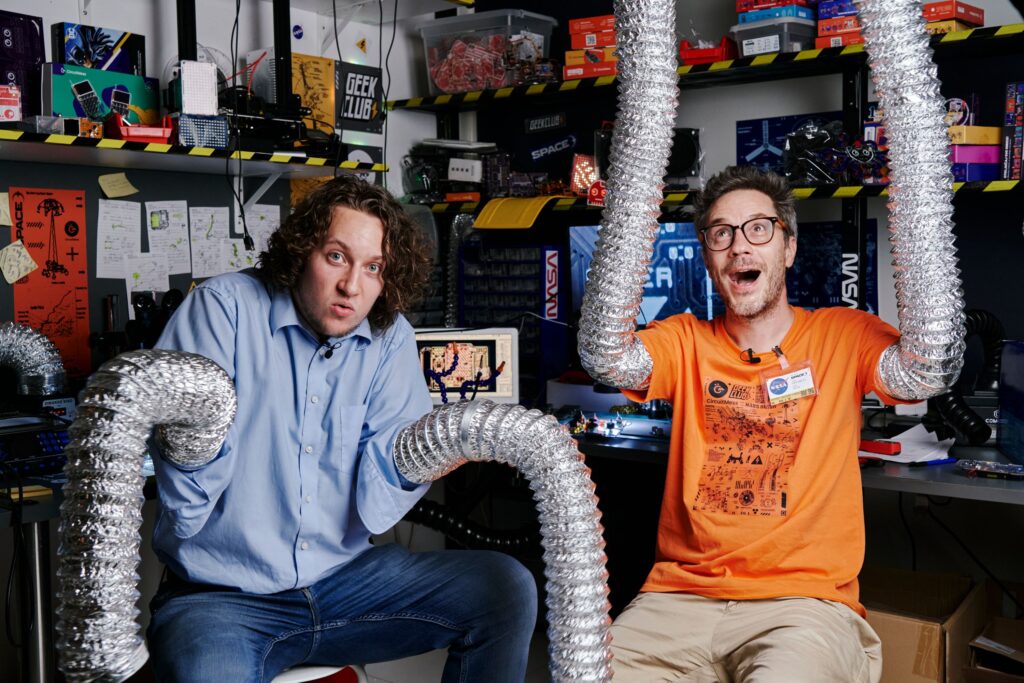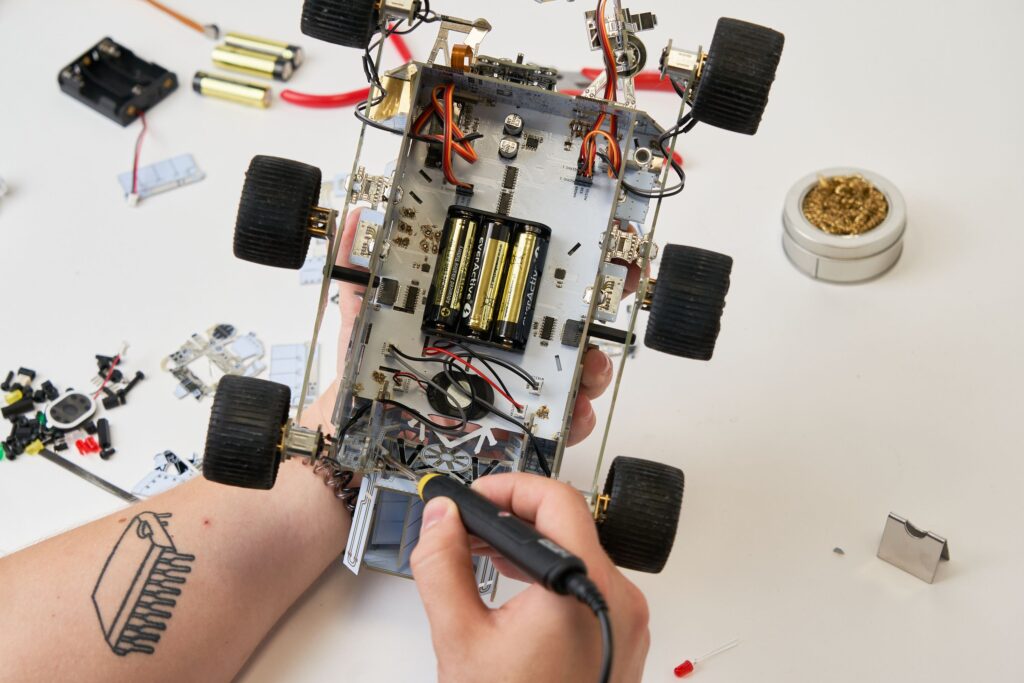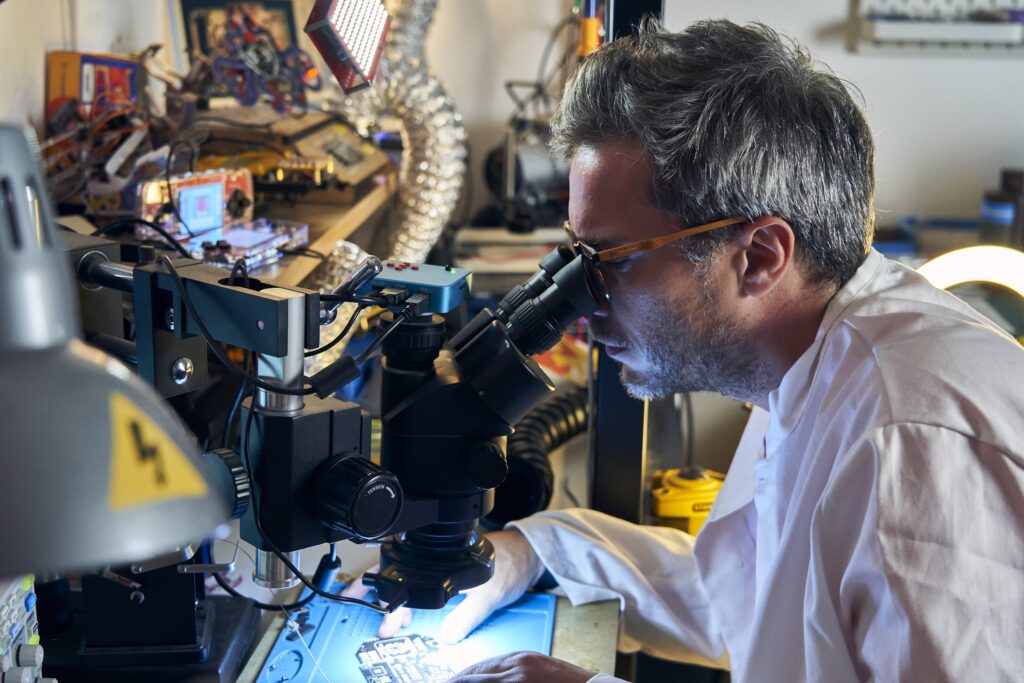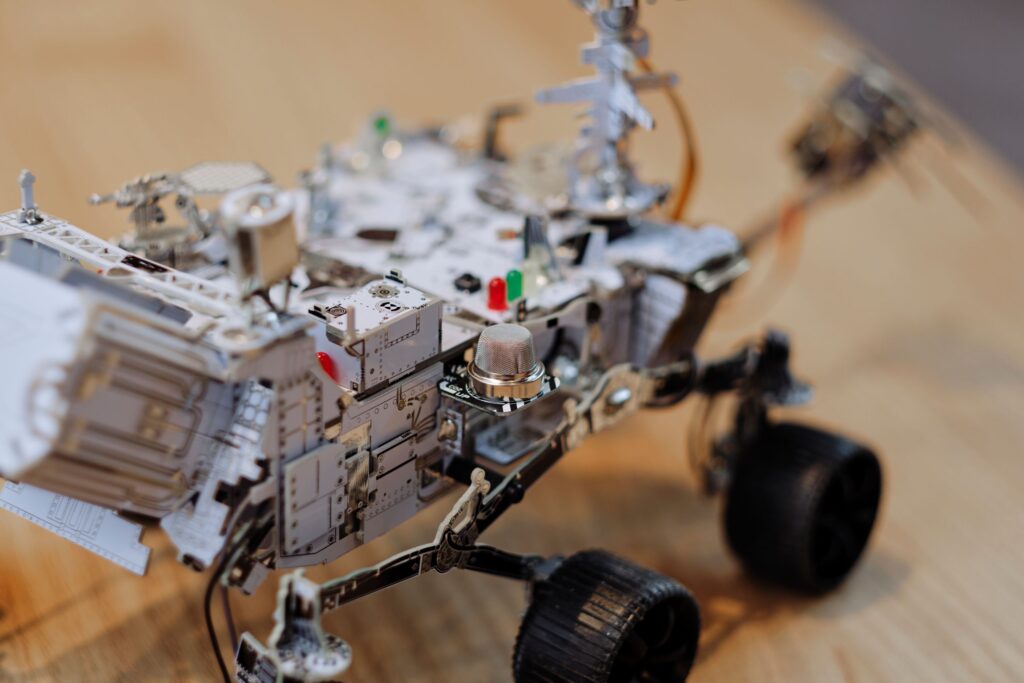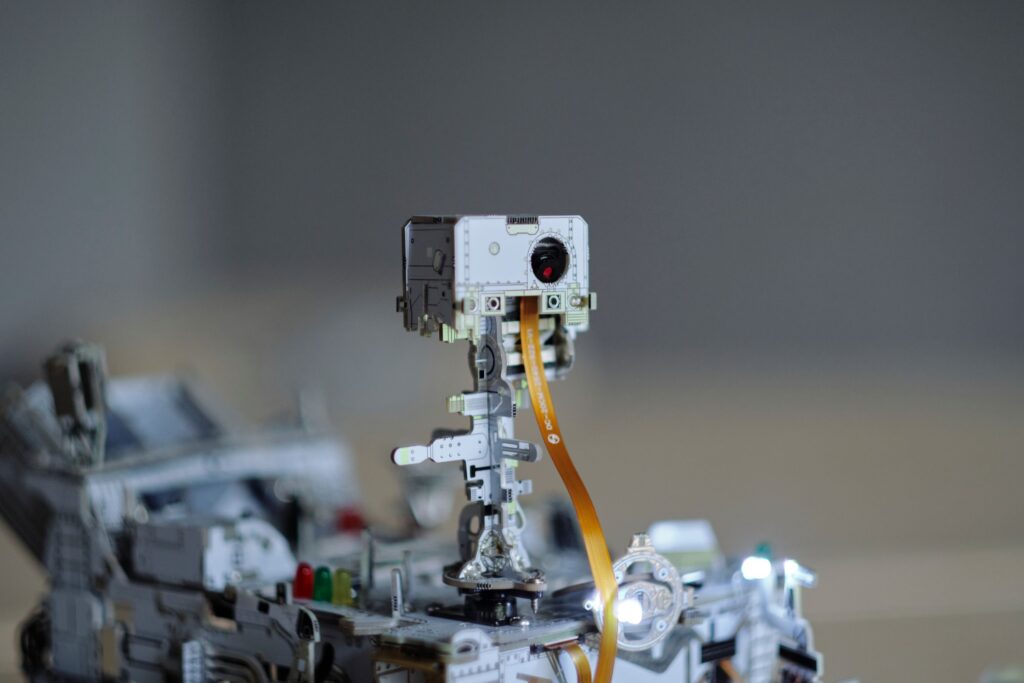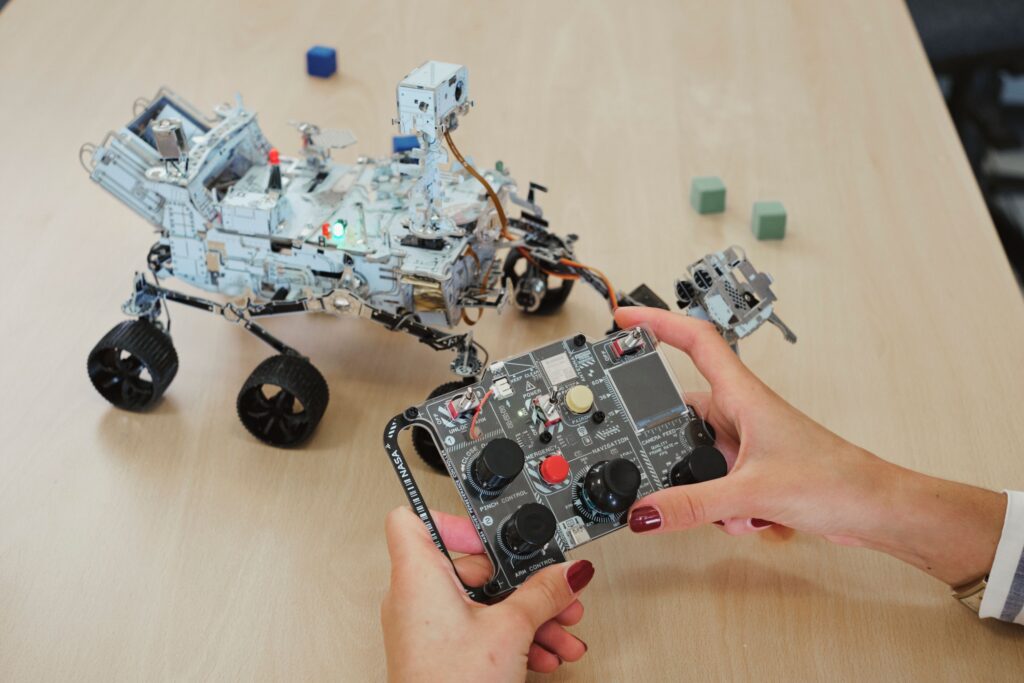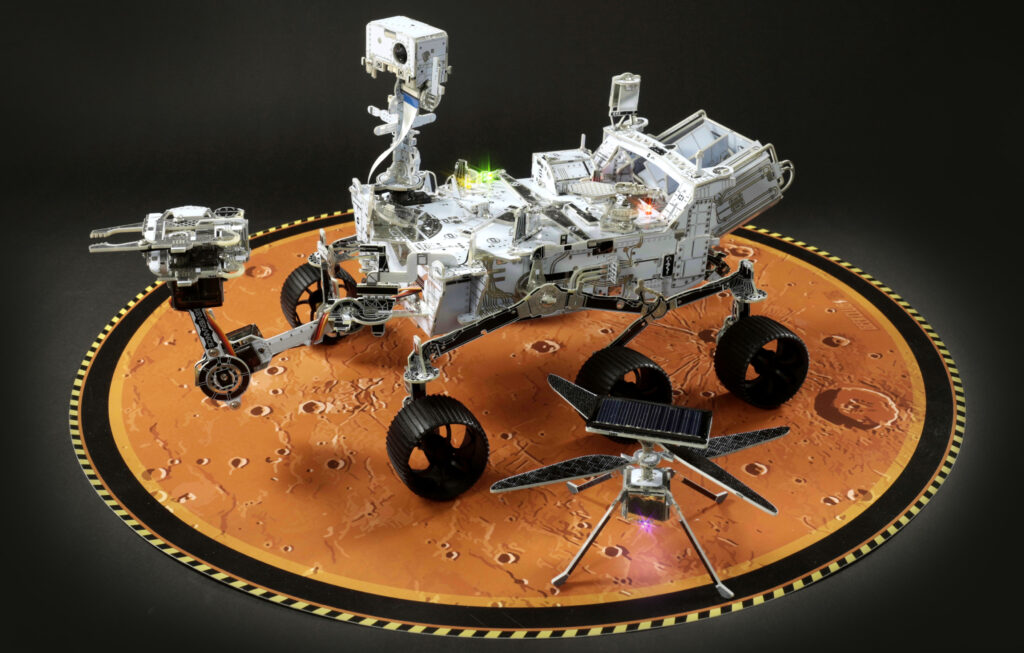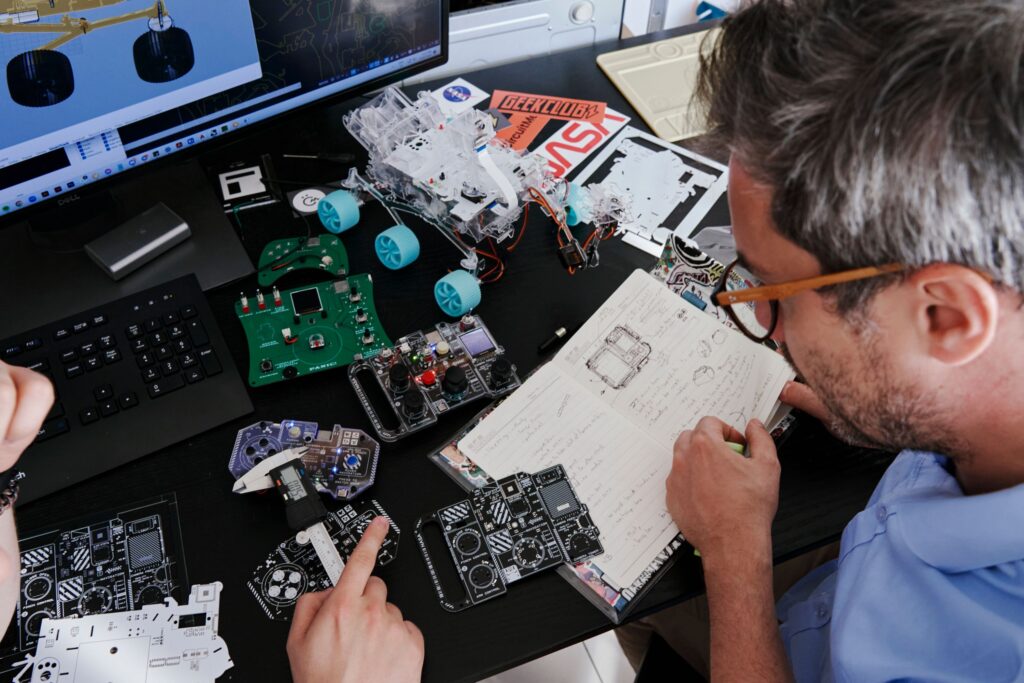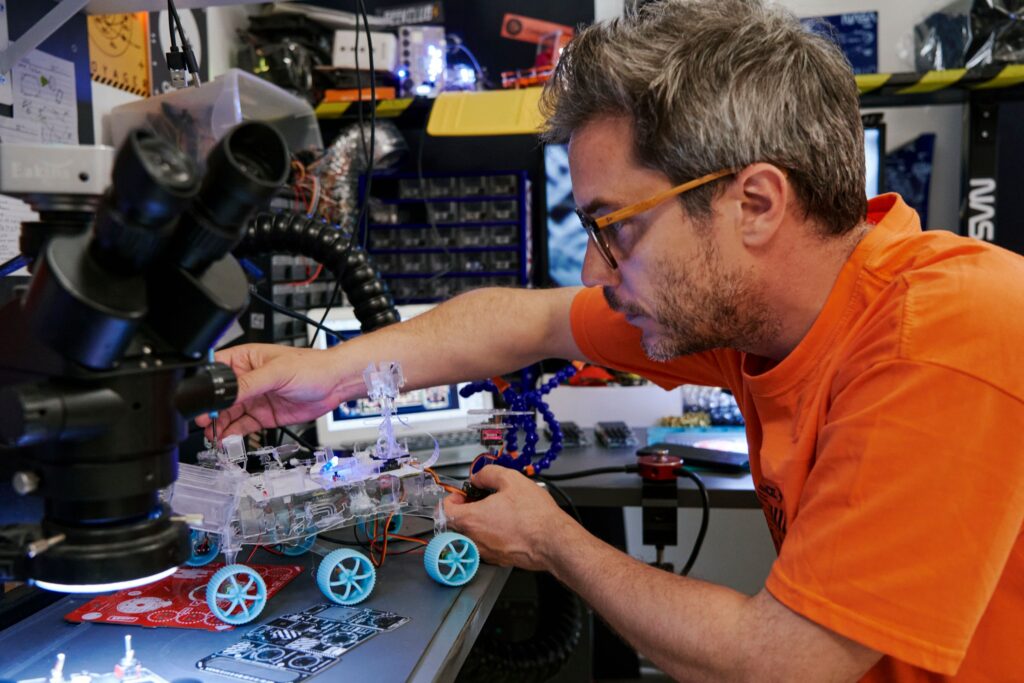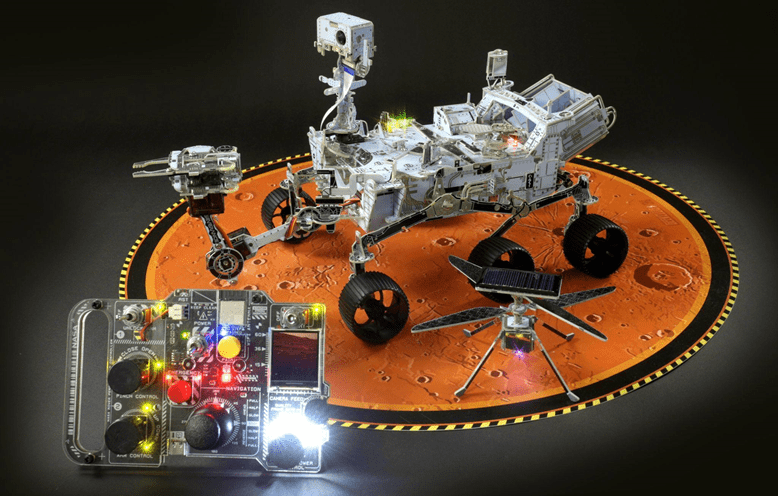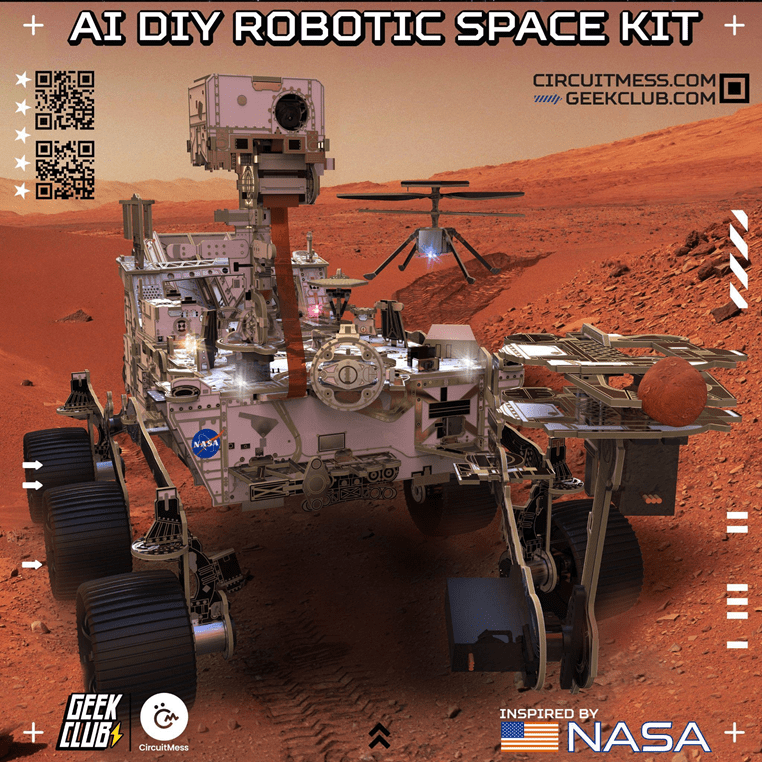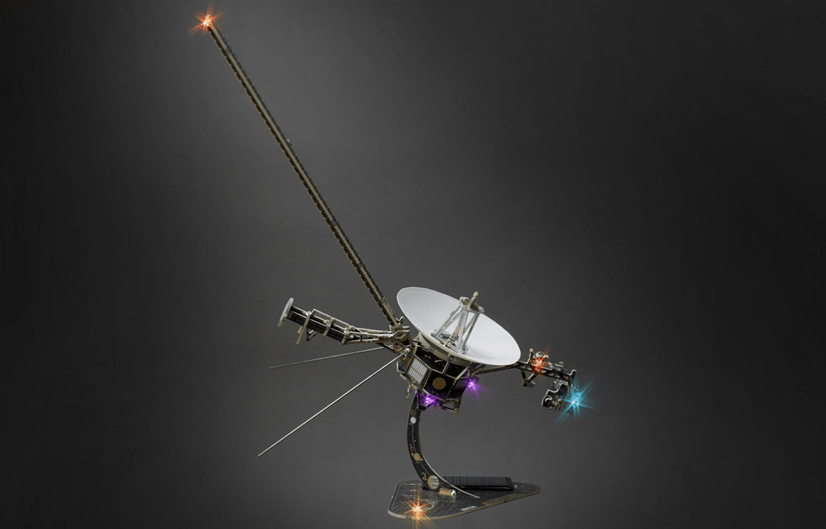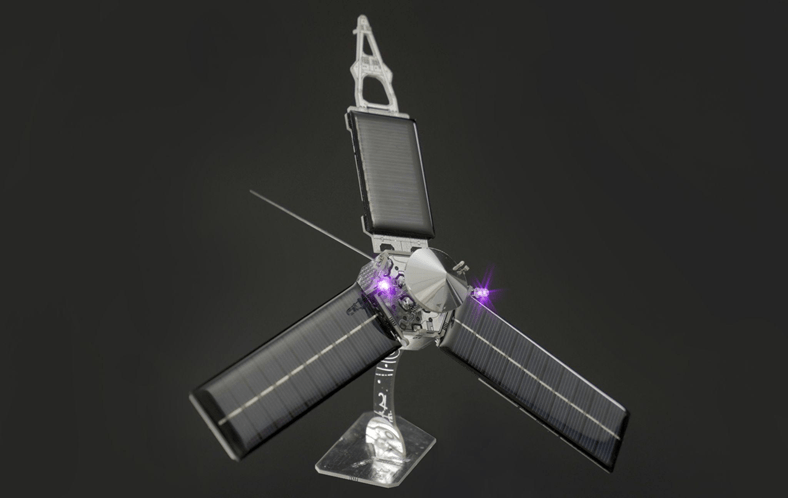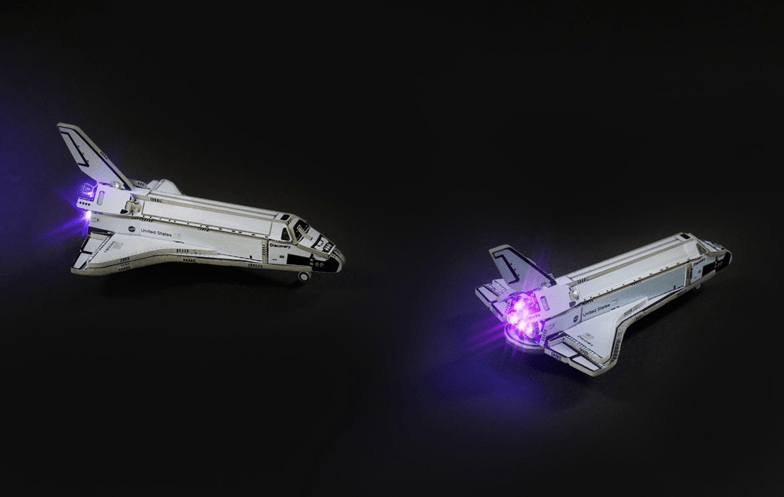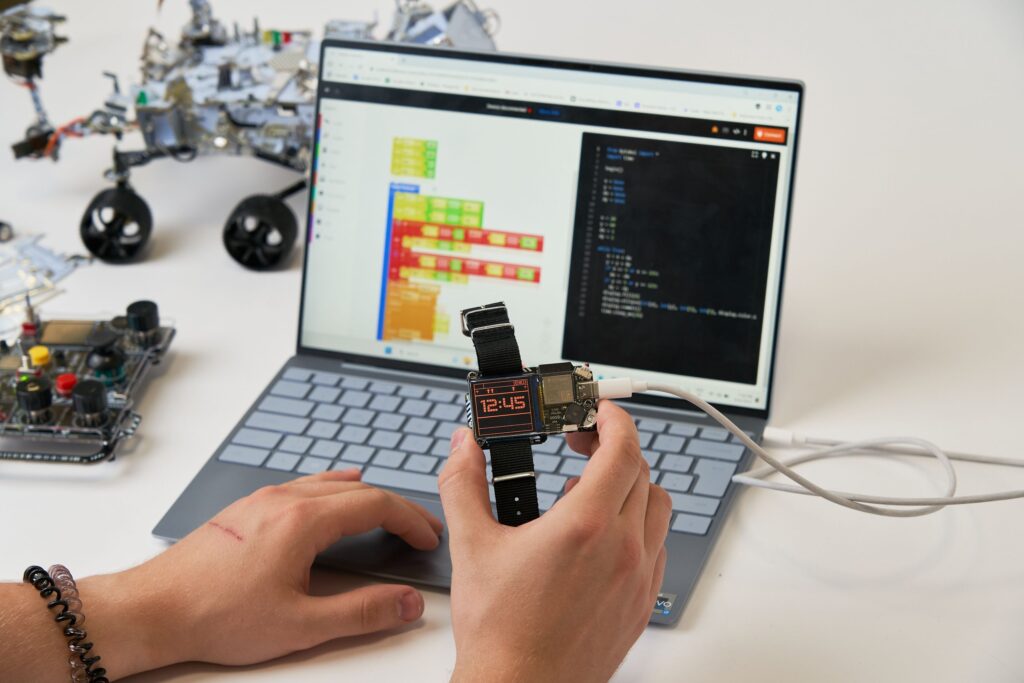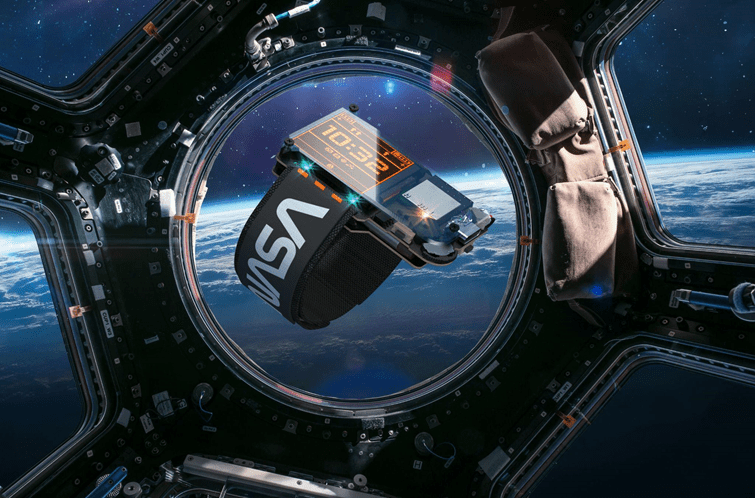Der Playtastic Spielzeug-Roboter-Bausatz mit Bluetooth und App stellt eine faszinierende Verbindung von Spielspaß und Bildung dar. Dieser innovative Bausatz ermöglicht es Kindern und Erwachsenen, nicht nur einen eigenen Roboter zu bauen, sondern auch die Grundlagen der Programmierung auf spielerische Weise zu erlernen.
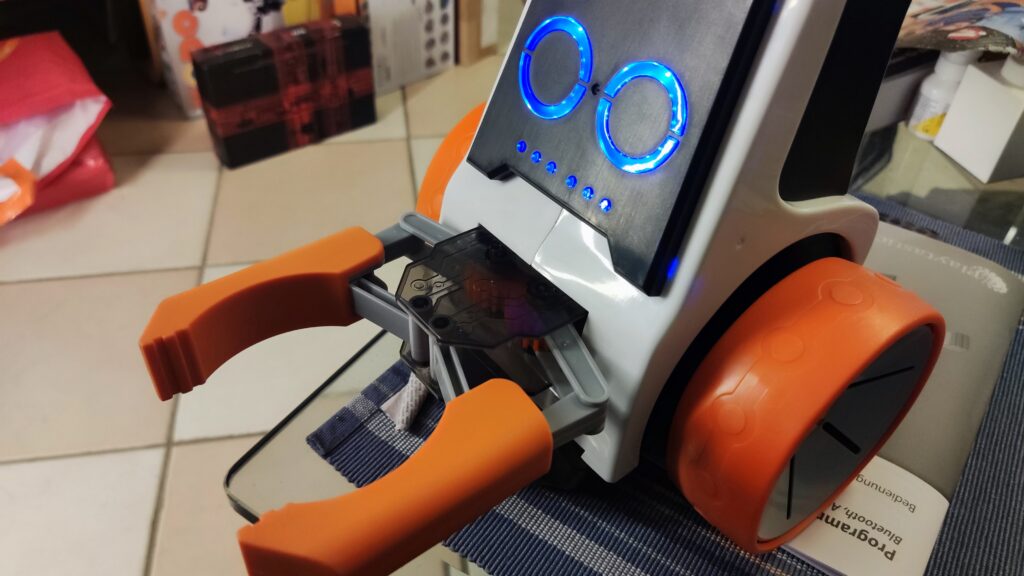
Der Bausatz kommt mit einer klaren, bebilderten Anleitung, die den Zusammenbau Schritt für Schritt erklärt. Bastelfreudige Kinder, Eltern oder Großeltern können sich gemeinsam am Aufbau des Roboters erfreuen, indem sie die Einzelteile miteinander verbinden und so ein faszinierendes Robotikprojekt zum Leben erwecken. Mit einer Größe von etwa 19 x 28 x 19 cm und einem Gewicht von 810 g ist der Roboter handlich und gleichzeitig beeindruckend.
Ein herausragendes Merkmal dieses Roboters ist die Integration von Bluetooth-Technologie und einer kostenlosen App für Android und iOS. Diese Funktionalitäten eröffnen vielfältige Möglichkeiten: Nutzer können den Roboter nicht nur programmieren, sondern auch direkt über ein Smartphone oder Tablet steuern. Die App bietet eine benutzerfreundliche Oberfläche, die sowohl das Programmieren als auch die Live-Steuerung des Roboters ermöglicht.
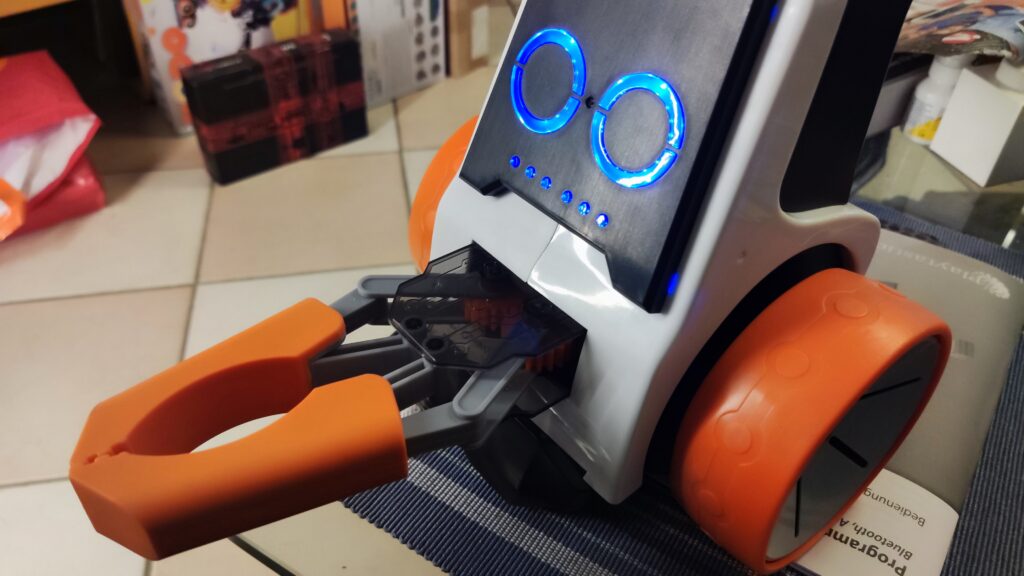
Der Roboter selbst verfügt über vielseitige Bewegungsmöglichkeiten, darunter Vorwärts- und Rückwärtsbewegungen, Drehungen im Kreis sowie tänzerische Einlagen. Ein Greifarm, der in der Lage ist, Gegenstände wie Getränkedosen aufzunehmen und festzuhalten, erweitert die Funktionalität des Roboters und bietet zusätzlichen Spielspaß.
Besonders beeindruckend ist das Gesicht des Roboters, das mit LED-Augen und -Mund ausgestattet ist. Diese Details ermöglichen es dem Roboter, Gefühle auszudrücken, sei es durch fröhliche Mimik während des Tanzens oder durch einen griesgrämigen Gesichtsausdruck in anderen Situationen. Dies verleiht dem Roboter eine persönliche Note und fördert die emotionale Verbindung der Nutzer zu ihrem selbstgebauten Roboterfreund.
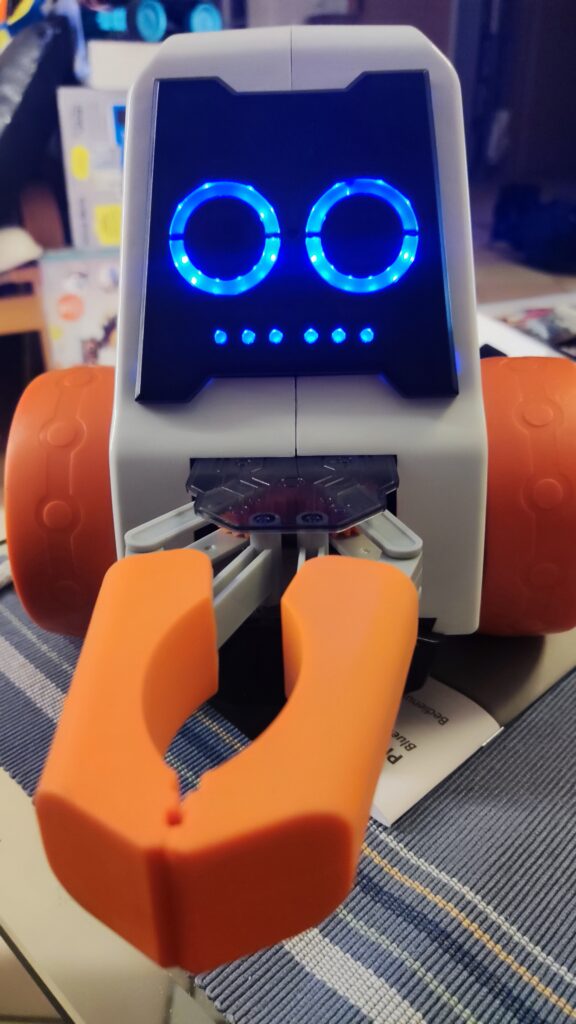
Die Möglichkeit, den Roboter mit einfachen Programmierbefehlen zu steuern und ihn auf kreative Weise zum Leben zu erwecken, macht den Playtastic Spielzeug-Roboter-Bausatz zu einem lehrreichen und unterhaltsamen Erlebnis für Kinder und Erwachsene gleichermaßen. Die Verbindung von Technologie, kreativem Basteln und spielerischem Lernen macht diesen Bausatz zu einer empfehlenswerten Option für alle, die ihre Begeisterung für Robotik entdecken möchten.
https://www.pearl.de/mtrkw-12254-programmierbare-roboter-bausaetze-mit-bluetooth-und-apps.shtml
